2020 is here, and the world is excitedly welcoming the new decade. Resolutions for the upcoming year are appearing all around us, and many of us already have a list of our own. Gym memberships and 5K plans, keto meal plans and calorie counters, financial aspirations, hydroponic gardening books, home improvement magazines, self-help and “new you” related articles about visualizing your ideal life consume our thoughts as we enter in to the year that will finally give us the life we have always wanted.
New Year’s Resolutions can be great; in fact, any goal setting that will help motivate us to improve our quality of life is a good thing. Unfortunately, one very important facet of our life is frequently forgotten during this inspirational time: Our dog(s)! As a dog trainer, I have witnessed too many events of families purchasing puppies with great intentions, and then banishing them to an existence in the house after they get too big to carry. These pups eventually become bored, undersocialized, depressed, anxious or destructive – to the point where aggressive tendencies arise. Would you have a child and then leave it in the house 24/7 for its entire life with no contact from the outside world except to occasionally spend five minutes in the back yard? Hopefully not.
Your dog’s fate is in the hands of one person: You. Many dogs have significantly more potential than their owners realize, and it is up to you to harness your dog’s potential and give them the life they deserve. Your dog would do anything for you, they deserve to be a priority. 2020 is not just a new year, it’s a brand new decade. Make a difference in your dog’s life this year, and every year, by adding one New Years Resolution specifically for them. The following resolutions are easily accessible, achievable, and will transform your pup’s life in unimaginable ways.
1. “I will get my dog out of the house at least once per week.”
Although this may sound simple, socialization is critical for a dog’s psychological wellbeing. Dogs are social creatures, and cannot simply exist isolated in a house on their own for 8-10 hours per day and thrive. If you have stopped taking your dog in public because they get too excited or fearful, it is because your dog is undersocialized. By taking your dog out in public, whether it be to the park, an outside table at Starbucks, into the city, to a pet friendly store or to a friend’s house, you are fulfilling your pup’s socialization and mental stimulation needs. Regular socialization can eliminate certain behavior problems, fear aggression issues, boredom or depression.
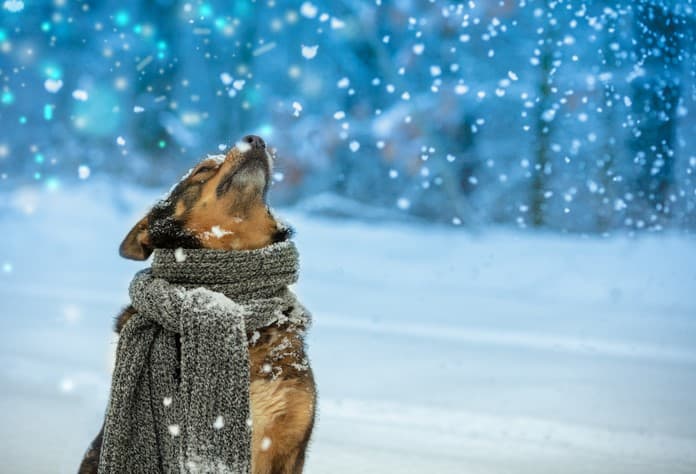
2. “I will join a local dog club or Facebook group and keep up to date with pet friendly events in my area.”
Social media is a wonderful way to find other local dog owners. Many dog “meetup” groups are started by other dog lovers who want to build a community where dog owners and their pups can make friends, get together for socialization and share knowledge. Joining a group like this, or creating your own if none of present, can make a significant difference in your dog’s life – and may even result in you making more lifelong friends.
3. “I will get my dog involved in a group class.”
Group classes are an excellent way to teach your dog cool new things, desensitize them to new environments, socialize them in a controlled setting and meet new friends. Group classes are typically affordable and easily accessible. Group classes are also available for more than just obedience – you can find agility classes, tracking classes, conformation or AKC event classes and more.

4. “I will devote 10 minutes per day to training my dog.”
Ten minutes doesn’t sound like much, but it can make a significant difference in your dog’s happiness and behavior. Ten minutes per day means 70 minutes per week. That means over 280 minutes per month. That means 3,660 minutes per year (that equates to 61 hours per year). Even if you work with them five minutes before breakfast and five before dinner, the math is the same and you will see great results. Don’t underestimate the power of small steps!
5. “I will join a specialized dog sport, class or activity with my dog.”
For those who are bored with obedience training or have a dog who has a ton of energy (maybe so much that it is destroying the house and driving you crazy), specialized dog activities are an incredible way to channel energy, learn new skills, make you and your dog both feel great and build an incredibly solid bond between you. Specialized dog activities can be sports such as: Rally obedience, treibball, agility, protection sports (such as French Ring or Schutzhund, Mondio, PSA, etc.), herding, flyball, hunting trials, dock diving, nosework, cart pulling, and so much more; they can also include activities such as conformation events, therapy dog work, tracking or trailing, detection (you can teach dogs to find almost anything) and more. Be creative!
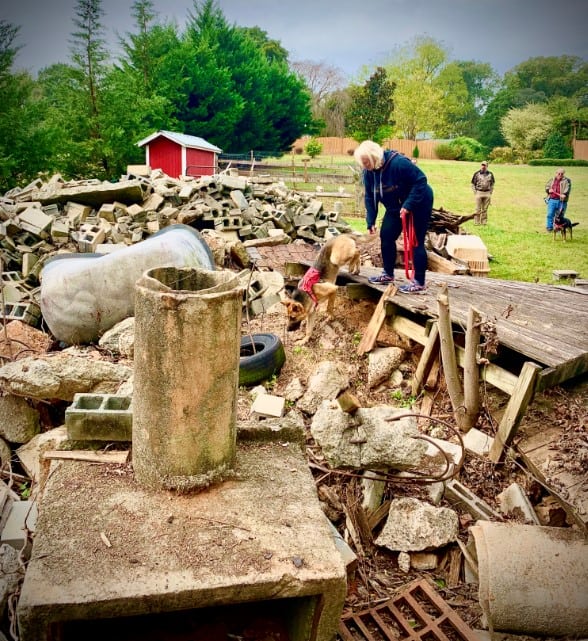
6. “I will desensitize my dog to the nail clippers and learn how to clip their nails.”
You would be surprised how many people are terrified of clipping their dog’s nails. The dog fights, screams or growls and they will “never touch a nail trimmers again.” Many dogs do not particularly enjoy having their feet touched and can become dramatic when they are restrained and facing the fear of an unknown item. Learn how to desensitize your dog to the nail trimmers (this is actually quite a straightforward process), learn how to clip your dog’s nails and make sure you know where their “quick” is located (the fleshy part of your dog’s nail containing a nerve that will bleed if you cut it) before proceeding to cut just a little bit off at a time. Practice makes perfect!
7. “I will create and stick with a regular prevention schedule for my dog (e.g. the 1st of every month)”
Heartworm is a nasty parasite and will kill a dog. It is transferred by mosquitoes and treatment is often costly and painful. No matter how much you value holistic medicine or your finances, nothing is worth risking your dog contracting heartworm – or any other parasite for that matter. If you value your dog’s life, find a heartworm and parasite prevention (flea and tick prevention is valuable as well) that you like and keep them on it. Speak to your veterinarian about which brand would work best for your dog and then mark the date the prevention was administered on your calendar so you know when they are due next month.
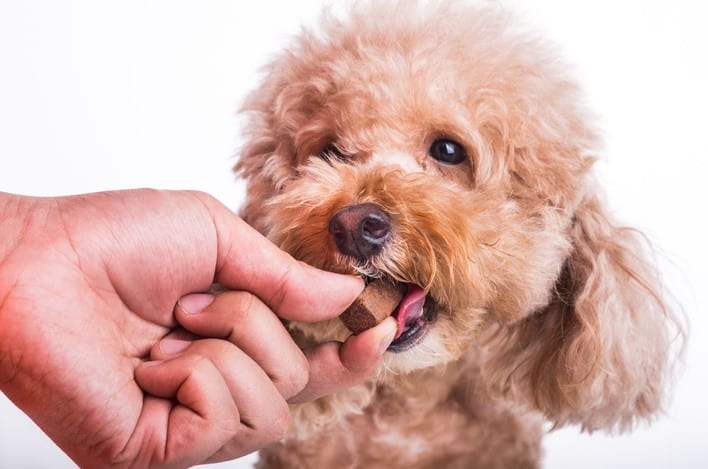
8. “I will ensure that my dog receives at least 30 minutes per day of physical activity.”
Physical activity is extremely important for your dog’s health and sanity. In the wild, wolves will typically move miles everyday. Although your dog is not a wolf, most dogs were originally bred to work. This means they were bred to move around; not sit on a couch all day and then sleep all night. Too little physical activity can result in obesity, health problems, muscle wasting, depression and more unpleasant side effects. Prioritize your dog by giving them at least 30 minutes of physical activity or outside time everyday (more if you have a particularly active breed). Physical activity includes more than just walks – you can take your pup for a run, play fetch, do agility, go swimming, hiking, biking or anything that gets your dog moving.
9. “I will hire a trainer and have my dog’s behavioral issue resolved.”
Apart from behavioral issues potentially being very dangerous (to your dog and other dogs or humans), they are one of the primary reasons why dogs end up at the shelter. 99% of the time, these behavioral “problems” are not your dog’s fault. Most behavioral issues are a combination of environmental factors, history, health and unintentional reinforcement accomplished by humans who do not understand that they are reinforcing these behaviors. Even if a dog is not surrendered for these issues, behavioral issues typically result in owners not feeling comfortable taking their dog into society or around others. Although they believe this is the right course of action to take, it typically makes things far worse over the long run. If your dog is developing or has developed a behavioral issue, this is the year to find a quality trainer and get it resolved.
10. “I will clicker train my dog and teach them one new trick per month.”
Clicker training is not just for Karen Pryor. Clicker training can help you train obedience, trick training, service dog tasks and so much more! The key in clicker training is learning how to correctly use the clicker. Charging the clicker (where you create the association between the “click” sound and a tasty reward) and timing are critical in making the most of your clicker training. Curious about why clickers work? Take a moment to research “Ivan Pavlov’s dogs” – this groundbreaking discovery is the basis for marker based training like clickers with dogs and whistles with dolphins. Tricks can be found online or in books such as Kyra Sundance’s 101 Dog Tricks.
11. “I will provide my dog at least 30 minutes per day of mental stimulation or brain games.”
Regular mental stimulation is just as important as physical activity regarding your dog’s health and wellbeing. Mental stimulation can be accomplished through a variety of means such as obedience training, specialized dog training, puzzle games, agility, socialization and games such as the “treat hiding game.” The key is to make sure that your dog remains challenged!
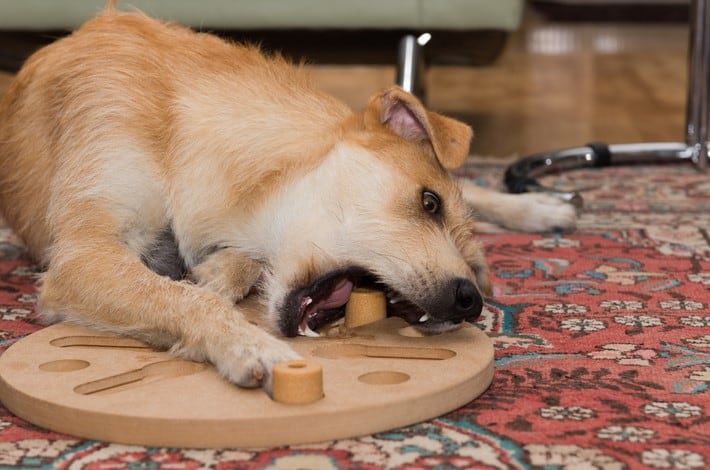
12. “I will take a dog first aid course.”
Taking a canine specific first aid course can be an invaluable asset for dog owners. Regardless of your dog’s lifestyle, accidents happen and dogs are notorious for getting themselves into sticky situations. Snake bites, bloat (gastric dilatation and volvulus or GDV), allergic reactions, severe cuts or burns, poison, dog fights and other terrible, life threatening conditions do happen and it is vital that dog owners know how to help their dog survive until they can receive emergency veterinary intervention. Empower yourself – learn how to help your dog (or someone else’s dog) in an emergency situation.
13. “I will subscribe to a dog related magazine or news source and keep up to date on important canine health news.”
If you have access to the internet and a mobile phone or computer, you can subscribe to a dog related publication. Many of these publications do the work for you and highlight important dog news and health related information.
14. “I will teach my dog to have a reliable recall outside - especially in the yard.”
One of the most common complaints I hear from prospective obedience clients is that their dog “will not come when they are called, especially outside.” Teaching a reliable recall can save your dog’s life – and your sanity. Dedicate at least 10 minutes per day to teaching your dog’s recall by starting in the house in a distraction free environment and gradually move outside on leash, then on a long line, then off leash. Really good treats or a toy your dog is obsessed with will be your best friend when teaching a recall!
15. “I will desensitize my dog to the toothbrush and brush their teeth (with a dog specific toothpaste) at least twice per week.”
Do you brush your teeth regularly? Most humans understand the importance of dental health and oral hygiene, so why should those rules not be applied to your pets? Many commercial dog foods (even dry food) promote plaque and tartar due to their high carbohydrate content and processed ingredients. You can save your dog a mouthful of discomfort by taking the time to desensitize your dog to a toothbrush and brushing their teeth at least twice per week. If your dog has a noticeable amount of tartar (the hard, crusty stuff that doesn’t seem to come off), it is worth taking them to a veterinarian for a professional teeth cleaning.
16. “I will ensure that my dog has an identification tag with updated contact information on their collar.”
If your dog ever leaves the house, and even if it doesn’t, it is important that your pup is easily identifiable. For anyone who has ever lost a dog before, you will know how distressing it can be – especially if you never get them back. It takes barely any time to have a customized collar tag made, and it is even possible these days to purchase a personalized collar with your dog’s information embroidered directly onto the fabric. Customized name tags can be purchased at many pet stores, Walmarts and online.
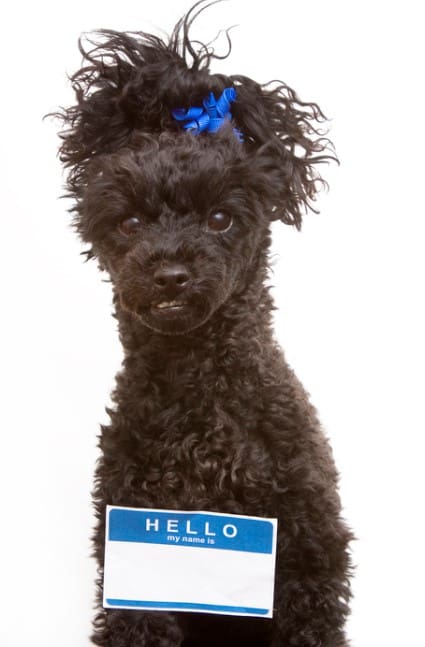
17. “I will spend time researching my dog’s breed and learn about their specific health needs, physical activity needs, breed specific traits and what they were originally bred for.”
There is no cookie cutter approach to having the “perfect dog.” Each dog is different, and we must spend time getting to know our dog in order to determine their lifestyle needs. One way to speed up this process is by researching your dog’s breed (or breeds, if they are a mixed breed). Many breeds were developed meticulously through highly selective breeding to serve a very specific purpose. Just because your dog may not herd sheep or pull a cart up the Swiss Alps, does not mean that they don’t have it in them. Certain dog breeds need hours of exercise and training everyday to comfortably live in a normal house with destroying everything in sight, and certain breeds need extensive socialization in a wide variety of environments to avoid guarding and aggression. Learn about your breed, their predisposed genetic health problems, what kind of food or medication is best for them and where their capabilities lie. Knowledge is power!
18. “I will take a free online dog related course and implement my new knowledge.”
You may be surprised to know how many inexpensive or free online dog related courses are available to the public. Grab a coffee, take a browse around the internet and find one that appeals to you. Once you’re done, make sure to apply your new knowledge and keep learning!
19. “I will begin rewarding my dog’s good behavior instead of ignoring it.”
Most people don’t think about carrying dog treats around their house all day but this simple change can have a profound impact on your dog’s behavior. One method that dog trainers use to teach new behaviors is called “capturing.” Capturing is almost like taking a photograph of a behavior you like by rewarding the behavior with a treat! Is your puppy finally laying down when they’re usually crazy? Reward it! Is your dog finally ringing that bell to go outside? Reward it! The more that you reward a behavior, the more often your dog will offer it on its own.
20. “I will get my dog’s AKC Canine Good Citizenship titled/certified.”
The AKC CGC is a valuable certification that you can get for your dog, and is actually considered a title by the AKC. The AKC test is a series of short tests that demonstrate your dog’s ability to coexist in human society. It also is considered a nationally appreciated sign that AKC CGC title holders are responsible dog owners. If you are planning on moving into an apartment or college dormitory with your dog this is a valuable certificate to have and can mean the difference between being approved or denied. If you are interested in getting involved in therapy dog work (perhaps even by volunteering with Highland Canine Connect), the AKC CGC will help hospitals, orphanages, or any other establishment feel much more secure about allowing your pup inside of their facility.
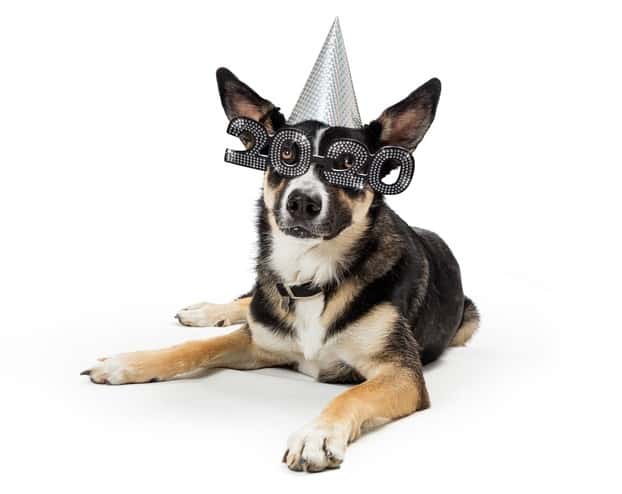
This upcoming decade, remember to prioritize your pup like they prioritize you. Many times, our dogs are forgotten in the excitement of the New Year’s celebrations and our new goals revolve exclusively around us. Remember that your dog’s wellbeing and potential lies in your hands alone – what kind of a life will you give them? Create a resolution for your dog this year and watch the magic of the human-canine bond come to life. You might be surprised how much you can achieve as a team. Happy New Year!

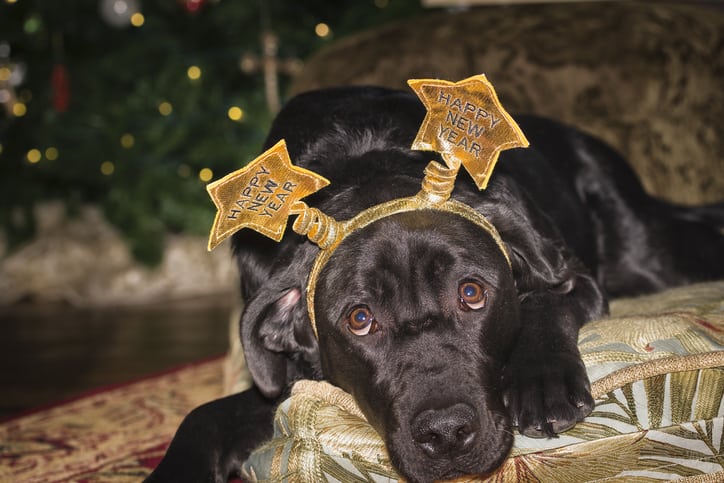
You must be logged in to post a comment.